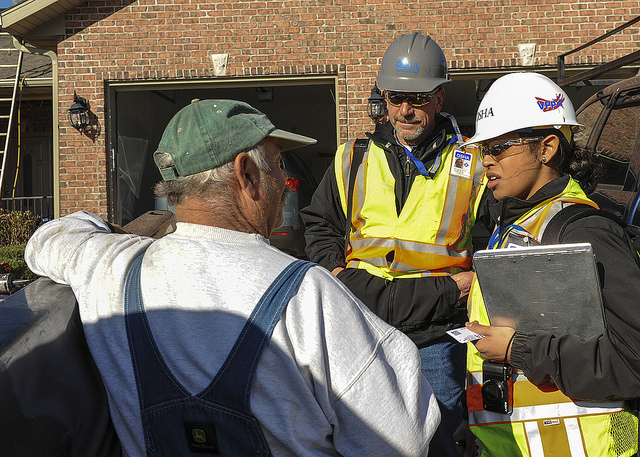While the Trump administration has eased off a number of regulations and enforcement actions during the past two years, Fed-OSHA continues focusing on the safety of temporary workers as much as it did under the Obama presidency.
This puts the onus not only on the agencies that provide the temp workers, but also on the companies that contract with them for the workers.
As evidence of its continued focus on temp workers, OSHA recently released guidance on lockout/tagout training requirements for temporary workers. This was the third guidance document released in 2018 and the 10th in recent years that was specific to temp workers.
One reason OSHA is so keen on continuing to police employers that use temporary workers, as well as the staffing agencies that supply them, is that temp workers are often given some of the worst jobs and possibly fall through the safety training cracks.
OSHA launched the Temporary Worker Initiative in 2013. It generally considers the staffing agency and host employer to be joint employers for the sake of providing workers a safe workplace that meets all of OSHA’s requirements, according to a memorandum by the agency’s office in 2014 to its field officers.
That same memo included the agency’s plans to publish more enforcement and compliance guidance, which it has released steadily since then.
Some of the topics of the temp worker guidance OSHA has released since the 2014 memorandum include:
- Injury and illness record-keeping requirements
- Noise exposure and hearing conservation
- Personal protective equipment
- Whistleblower protection rights
- Safety and health training
- Hazard communication
- Bloodborne pathogens
- Powered industrial truck training
- Respiratory protection
- Lockout/tagout
Joint responsibility
OSHA started the initiative due to concerns that some employers were using temporary workers as a way to avoid meeting obligations to comply with OSHA regulations and worker protection laws, and because temporary workers are more vulnerable to workplace safety and health hazards and retaliation than workers in traditional employment relationships.
With both the temp agency and the host employer responsible for workplace safety, there has to be a level of trust between the two. Temp agencies should come and do some type of assessment to ensure the employer meets OSHA standards, and the host employer has to provide a safe workplace.
Both host employers and staffing agencies have roles in complying with workplace health and safety requirements, and they share responsibility for ensuring worker safety and health.
A key concept is that each employer should consider the hazards it is in a position to prevent and correct, and in a position to comply with OSHA standards. For example: staffing agencies might provide general safety and health training, and host employers provide specific training tailored to the particular workplace equipment/hazards.
Successful joint employer relationship traits
- The key is communication between the temp agency and the host to ensure that the necessary protections are provided.
- Staffing agencies have a duty to inquire into the conditions of their workers’ assigned workplaces. They must ensure that they are sending workers to a safe workplace.
- Ignorance of hazards is not an excuse.
- Staffing agencies need not become experts on specific workplace hazards, but they should determine what conditions exist at the host employer, what hazards may be encountered, and how best to ensure protection for the temporary workers.
- The staffing agency has the duty to inquire and verify that the host has fulfilled its responsibilities for a safe workplace.
- And, just as important, host employers must treat temporary workers like any other workers in terms of training and safety and health protections.
For a look at all 10 of the guidance documents OSHA has issued in the last few years, visit the agency’s temp worker page: www.osha.gov/temp_workers/

